Opening this weekend, the British Council-organised exhibition draws on the Rift Valley to explore imperial histories and ideas of repair
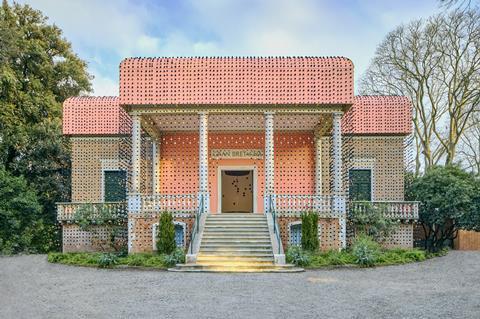
The British Pavilion at the 2025 Venice Architecture Biennale opens to the public on Saturday with GBR – Geology of Britannic Repair, an exhibition that uses the Rift Valley as a lens to examine geology, resource extraction and empire.
Curated by a team led by Nairobi-based practice Cave_bureau, the exhibition features six gallery installations exploring how architecture might engage with legacies of colonialism and environmental degradation. The curators include Cave_bureau’s Kabage Karanja and Stella Mutegi, writer and curator Owen Hopkins, and geographer Kathryn Yusoff.
Describing the collaboration between the UK and Kenya as “an intervention in building reparative relations,” the team said they hoped visitors would question “who gets to represent and imagine the world in a time of planetary fire.”
The pavilion’s neoclassical façade is partially obscured by Double Vision, a veil made of agricultural waste briquettes and clay and glass beads.
Produced in Kenya and India, the materials reference Maasai traditions and Venetian trade beads once used in imperial exchange. The veil is intended to draw attention to the extractive histories embedded in both architecture and materials.
Inside, the opening gallery links Nairobi and London through maps of the night sky from 12 December 1963, the date of Kenya’s independence. A bronze cast of a Rift Valley cave anchors the second room, surrounded by exposed brickwork into which Kenyan and British bricks have been inserted.
Other contributors include the Palestine Regeneration Team, whose Objects of Repair installation explores reuse and reconstruction in Gaza, and Thandi Loewenson, whose Lumumba’s Grave focuses on space debris and its imperial origins.
A full-scale rattan structure replicating part of the Shimoni Slave Caves on Kenya’s coast was developed by Cave_bureau with the Royal Danish Academy. The final gallery, Vena Cava, by Mae-ling Lokko and Gustavo Crembil, presents a timber-framed reinterpretation of Kew’s Palm House, using materials such as fly ash and bioplastics to explore environmental restitution.
British Council director Sevra Davis said the project “brings a new dimension to the British Pavilion” and “showcases new thinking about how architecture can be better connected to the earth.”
The exhibition forms part of the British Council’s UK Kenya Season 2025 and continues throughout the biennale.
>> Also read: Why we teach classical design
>> Also read: From complexity to clarity: The Sainsbury Wing transformed


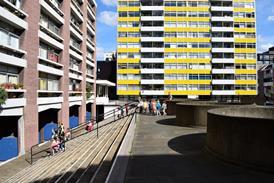

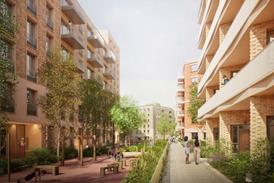




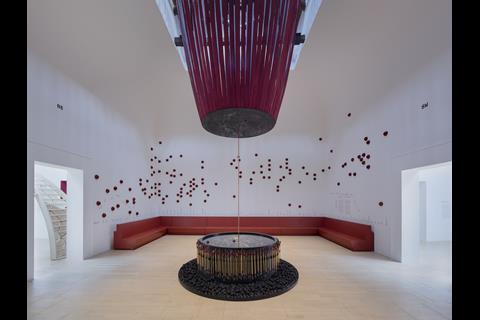
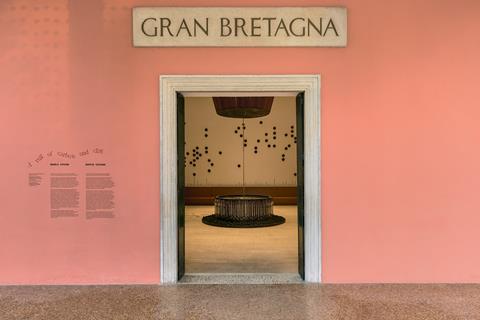
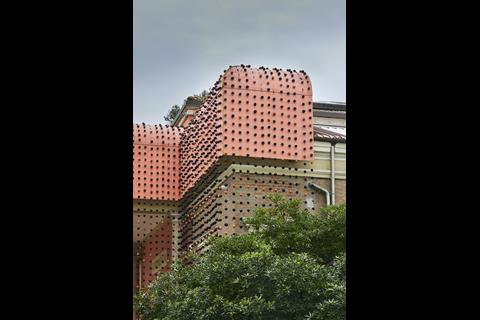
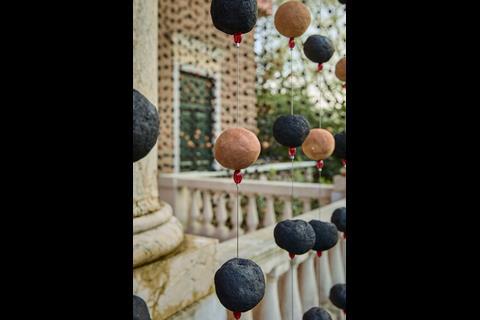



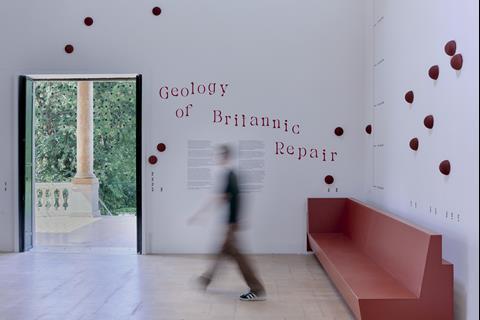
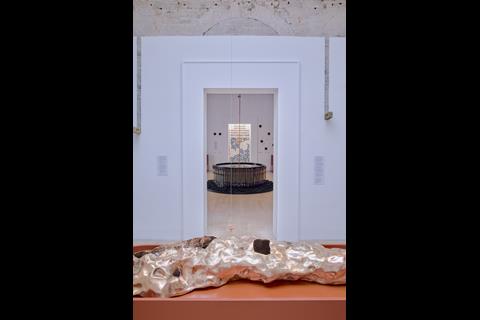
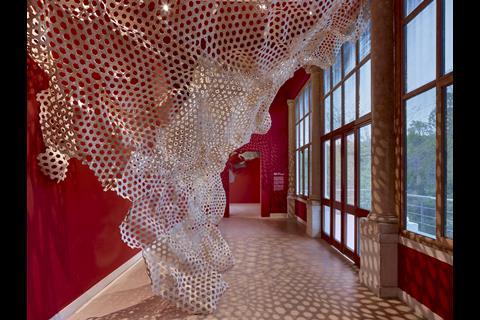







No comments yet